As fall daylight savings time approaches this November, many families worry about disrupting the precious sleep schedule they've worked so hard to establish. With some gentle preparation and patience, you can help your child adjust smoothly to "falling back."
How Daylight Savings Time Affects Baby Sleep
Babies thrive on routine. Their developing circadian rhythms rely heavily on consistent timing for sleep schedules, wake time, bedtime, and daily activities. When we gain an hour in fall, your child's internal clock doesn't automatically adjust – they may wake up an hour earlier according to the new clock time, which can be challenging for the whole family.
It typically takes children about one week to fully adjust to daylight savings time changes, with some babies adapting within just a few days.
Step 1: Gradual Adjustment (Starting 3-4 Days Before)
The most effective approach for both baby sleep is to gradually shift your child's sleep schedule in the days leading up to daylight savings time.
Days 1-3 Before the Change:
- Shift bedtime 15 minutes later each night
- Adjust your nap schedule by 15 minutes later each day
- Move meal times 15 minutes later
- Delay morning wake time by 15 minutes when possible
Day of Time Change: By Sunday, your child should hopefully be going to bed close to their regular bedtime according to the new clock.
This gradual adjustment helps prevent the shock to their system that can disrupt baby sleep patterns.
Step 2: Light Exposure for Better Sleep Schedules
Light exposure is one of the most powerful tools for regulating the body’s internal clock and maintaining healthy baby sleep.
Morning Light for Proper Wake Time:
- Open curtains and blinds to let in natural morning light
- Spend time near bright windows during morning feedings
- Consider a brief outdoor walk or time on the porch
Evening Light Management Before Bedtime:
- Use dim lighting during evening routine
- Install blackout curtains to block early darkness and support better sleep schedules
- Avoid screens and bright lights before bedtime
Step 3: Maintain Your Established Routine With Cues
Keep your established bedtime and nap schedule routines exactly the same, even if the timing feels different initially. Consistency in your routine helps signal to your baby that it's time to sleep, regardless of what the clock says.
Your Evening Routine Might Include:
- Warm bath at the same bedtime
- Quiet feeding or bottle
- Reading or gentle music
- Same sleeping environment and comfort items
This routine consistency is crucial for both baby sleep and sleep success during daylight savings time transitions.
Step 4: Adjust Your Sleep Schedule Expectations with Patience
During the daylight savings time adjustment period, your baby sleep patterns may temporarily change. With patience, your child may:
- Take longer to fall asleep at bedtime (up to 30 minutes is normal)
- Have an earlier wake time than usual
- Need adjustments to their nap schedule
- Be slightly fussier or more tired
During this period, you may find yourself doing more nighttime feeds. Having tools that are quick and easy to prepare, like the BuubiBottle, can help you respond to your baby's needs efficiently while maintaining the calm, dim environment.
Step 5: Handle Early Wake Time Challenges Gently
If your child has an earlier wake time during the daylight savings time adjustment:
- Keep the room dark with blackout curtains
- Use minimal interaction for wake times before 6 AM
- Offer comfort but avoid stimulating activities
- Gradually move morning routine later by 10-15 minutes each day
Remember, patience is key when managing these temporary wake time changes.
Step 6: Tweak The Nap Schedule and Wake Windows As Needed
Your nap schedule and wake windows may need temporary adjustments during daylight savings time:
- If your child seems tired earlier, you can move nap time up slightly
- Avoid letting your nap schedule shift more than 30 minutes from your target time
- Watch for sleep cues and adjust wake windows rather than relying solely on the clock
- Consider slightly shorter naps if nighttime baby sleep is affected
Step 7: Create an Optimal Sleep Environment
Make your child's room as conducive to good baby sleep as possible:
- Use blackout curtains or shades to control light exposure
- Maintain a comfortable temperature
- Consider white noise to mask household sounds
- Ensure the sleep space is safe and comfortable
Quality blackout curtains are especially important during daylight savings time when natural light patterns change.
Every child adjusts to daylight savings time differently, and that's perfectly normal. Some little ones adapt their sleep schedule within a day or two, while others need the full week and require extra patience. Trust your instincts as a parent, stay consistent with your routine and gradual adjustment approach, and remember that temporary disruptions don't undo all the great baby sleep and sleep habits you've established.
With patience and these gentle strategies, you'll help your child navigate fall daylight savings time successfully. Sweet dreams are just around the corner!
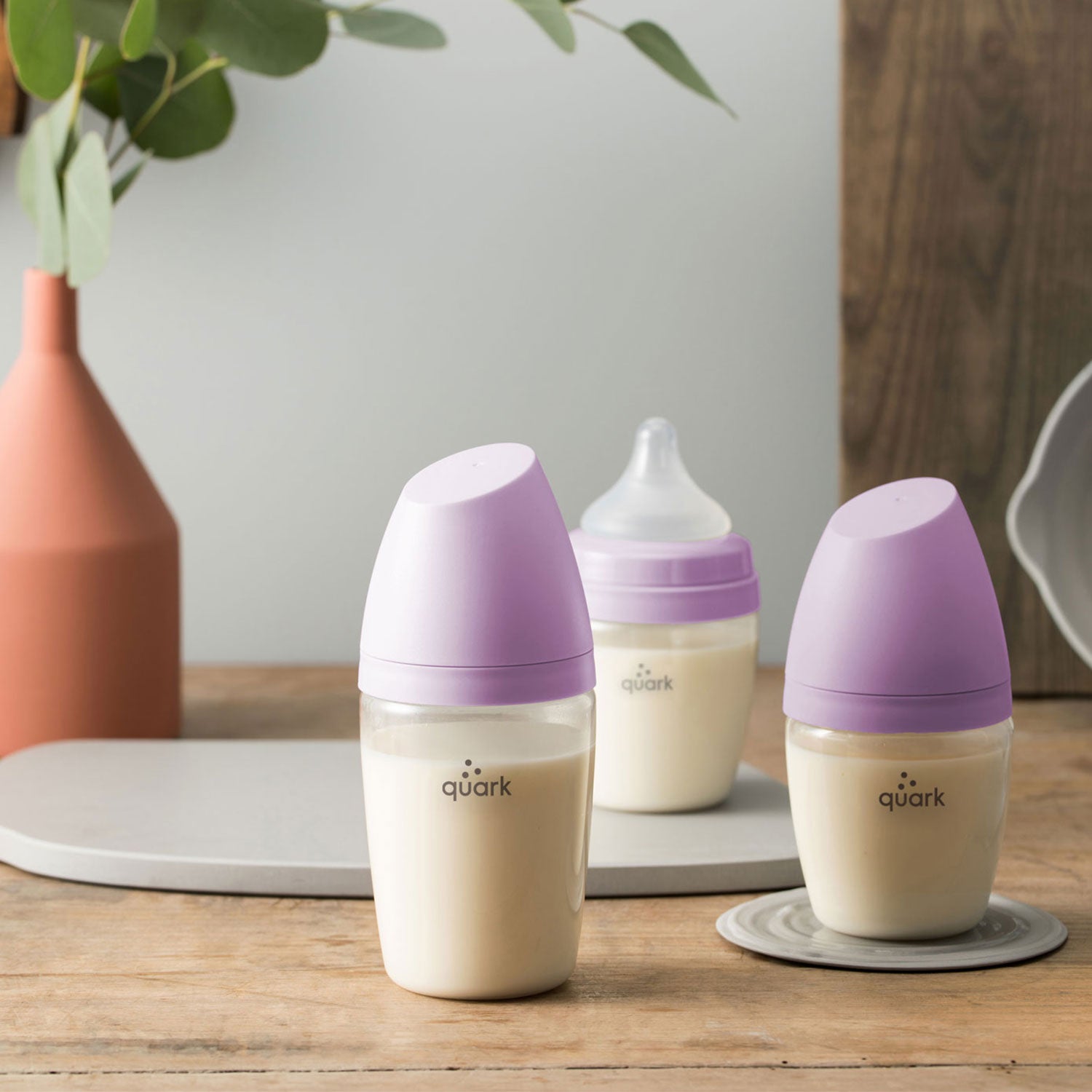


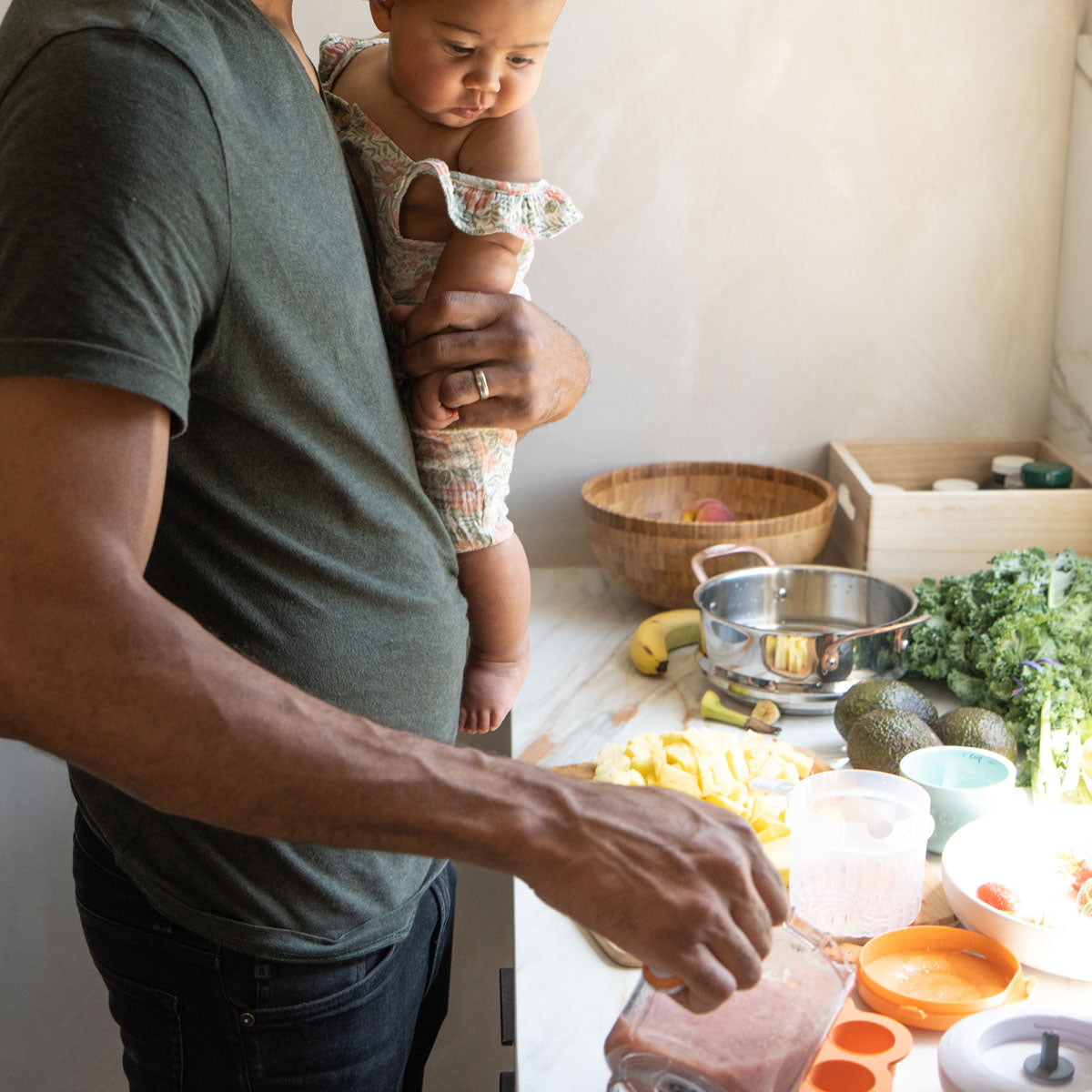
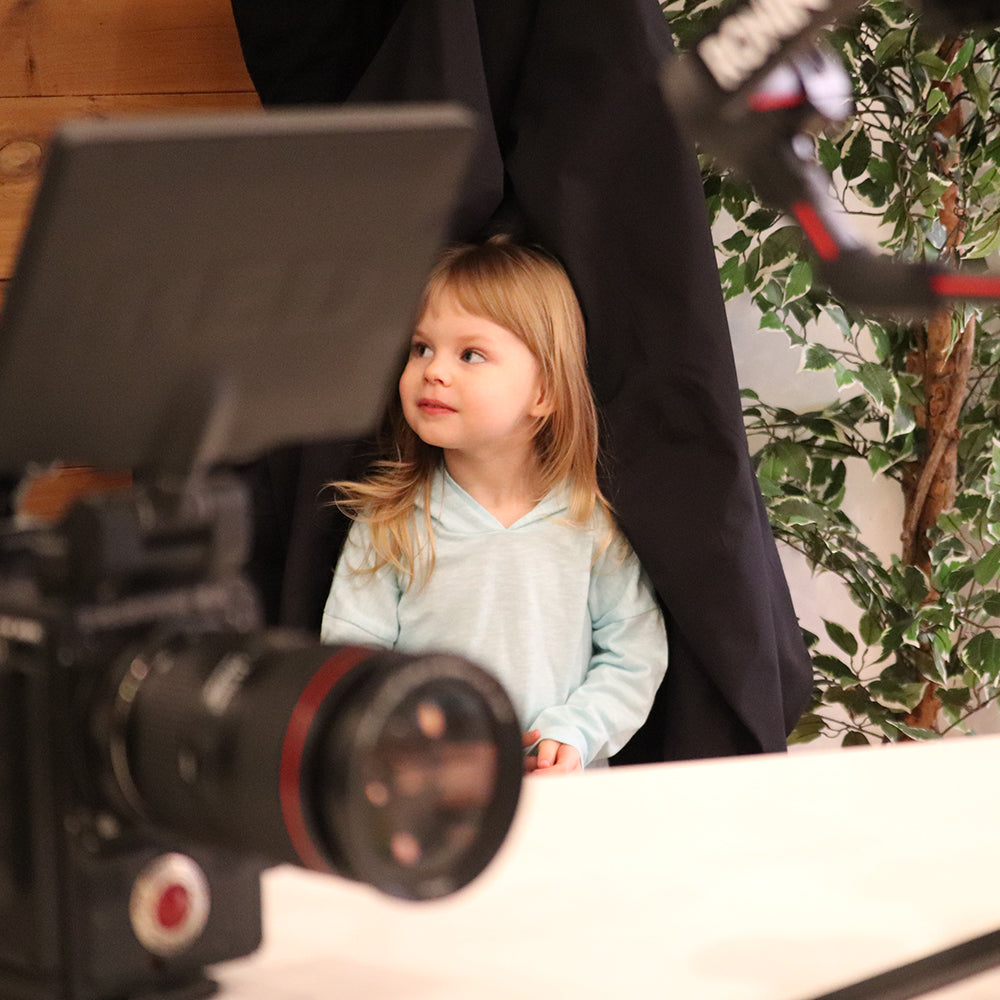


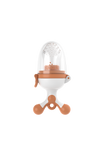











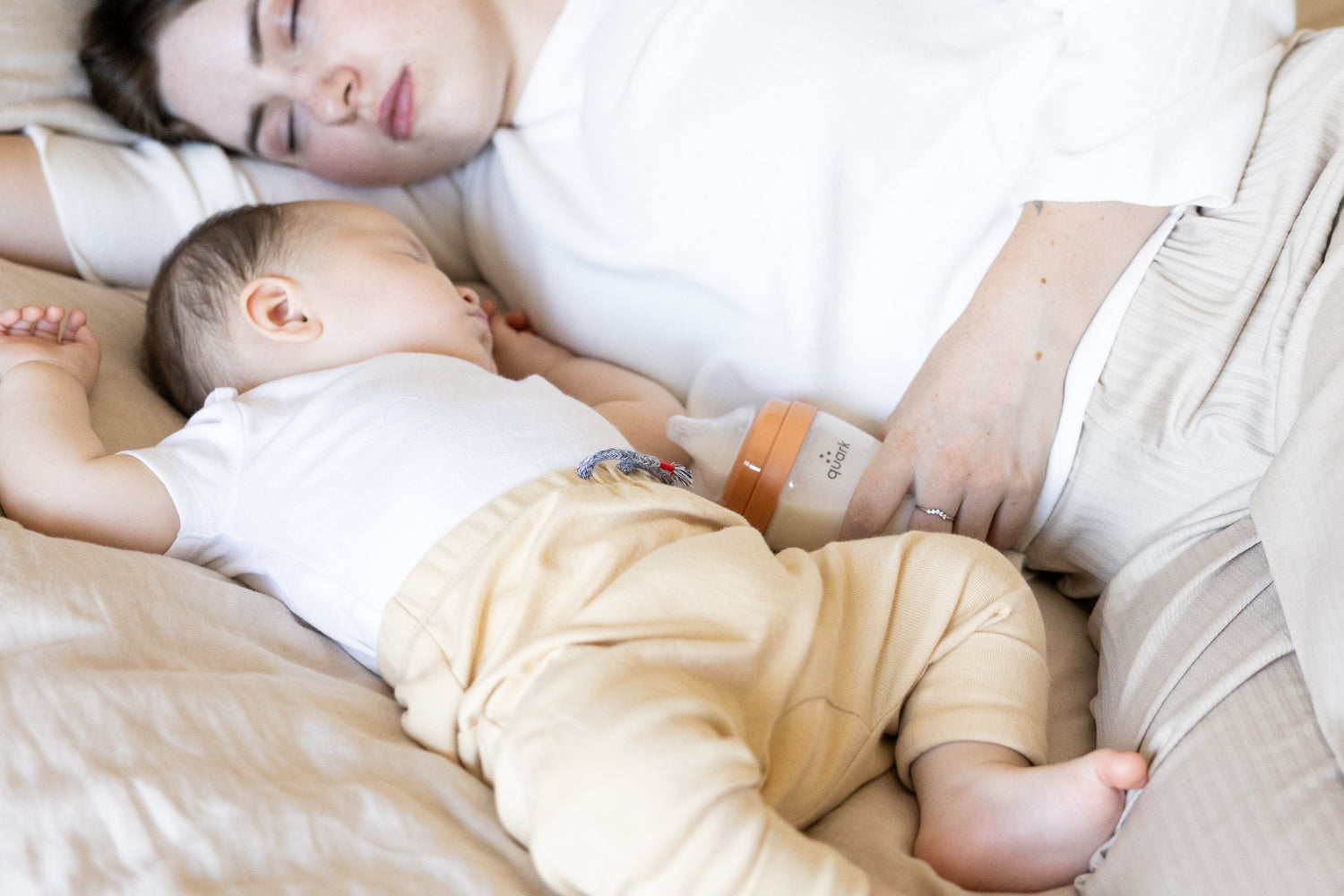
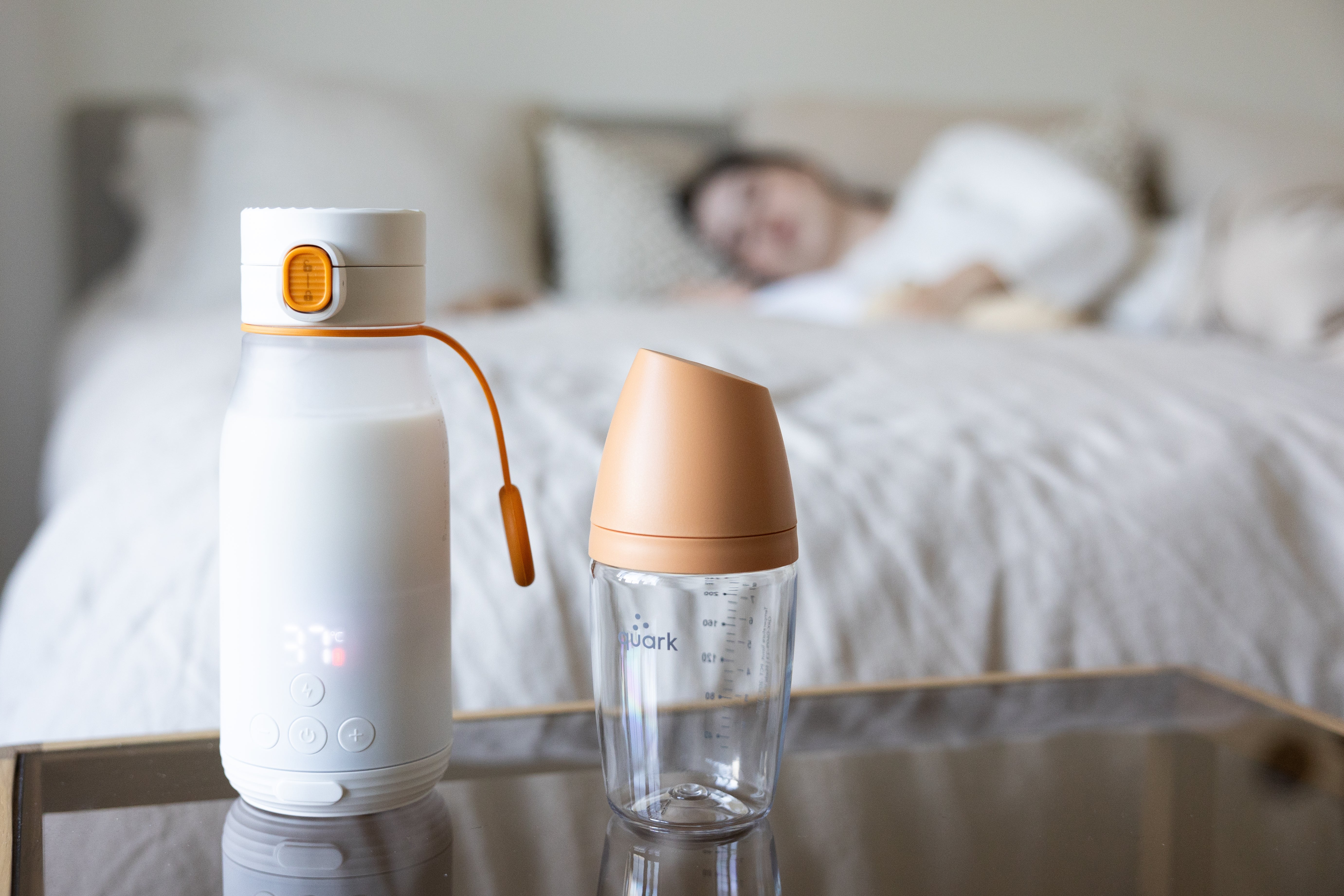

Leave a comment
All comments are moderated before being published.
This site is protected by hCaptcha and the hCaptcha Privacy Policy and Terms of Service apply.